Stray currents, protection against stray currents
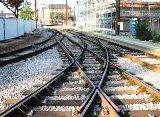 The load-bearing elements of the transport infrastructure, for example the tracks of trains and trams, do not have reliable electrical insulation from the ground. And as the current travels back along the rails to the traction substation, some of that current also passes through the ground.
The load-bearing elements of the transport infrastructure, for example the tracks of trains and trams, do not have reliable electrical insulation from the ground. And as the current travels back along the rails to the traction substation, some of that current also passes through the ground.
Grounded high-current installations, as well as leakages from power lines, also contribute to the occurrence of ground currents. Such currents, which simply carry electricity to the ground, do not have a constant shape, amplitude and direction, their paths of propagation on the ground are diverse, therefore they are called stray currents.
Stray currents — harmful electrical currents in the ground when used as a conductive environment (for example, in telecommunications installations, tram power systems, mining electric locomotives, etc.). Under their action, electrolysis occurs and rapid oxidation occurs. and destruction of metal underground devices (cable sheaths, pipelines, building structures).
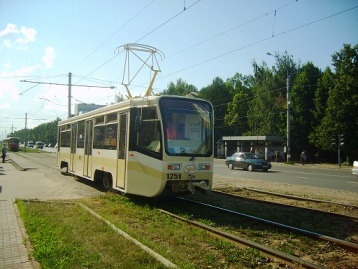
It is clear that in these cases the ground plays the role of a conductive medium, and not only the soil is a conductor here, but also metal structures that are completely or partially underground, such as pipelines, cable lines, catenary supports, etc. . Even metal structures that are simply in contact with the ground are subject to stray currents.
In relation to conductive structures located in the ground, the soil itself has a lower potential. And if, for example, a high-current installation uses grounding or the current from it is diverted to the ground, then it follows the path of least resistance, that is, it passes through the metal structures in the ground, which leads to their corrosion.
The same applies to the traction current flowing along the rails. The potential difference between the rails and the ground, given the lack of insulation, causes part of the traction currents to flow through the ground with similar consequences for the metal structures that fall in the path of these currents.
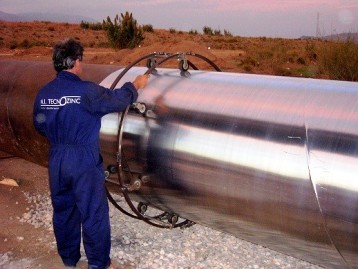
Encountering on its way a sewer pipe, a gas pipeline or a cable sheath, which have much less resistancethan the surrounding soil, stray currents flow through them and such places are called cathodic zones. After passing through the metal path of low resistance, the stray current leaves it and this place is called the anode zone and this is where the corrosive electrochemical reaction takes place.
Similar corrosion takes place in the anodic zone when the current enters the ground from the source of the stray current itself, for example from the rails themselves, and the rails also suffer from this. In this way, the rails are destroyed at the points where currents exit from them into the ground, and the underground communications - at the places where the current returns to the rails.
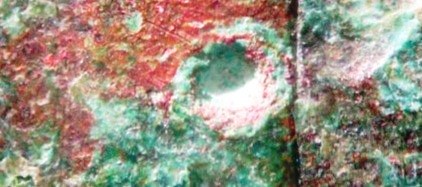
The problem is that when the leakage of stray current is constant, the metal will gradually deteriorate, and such electrocorrosion can be quite intense. New steel pipelines can deteriorate in three years, and communication cables fail even faster. The rail fastenings of bridges and rails for various purposes are destroyed in a similar manner. DC or rectified current sources are particularly dangerous in corrosive terms. In the anodic zones, the rate of destruction of the metal can reach 10 mm per year.
As a rule, metal structures are equipped with a special protective coating designed to protect against corrosion, but in case of damage to the coating, damage to communications is inevitable, and characteristic ulcers and holes appear in places with small anode areas.
To combat the described negative phenomena, specialists carry out electrical studies using specialized equipment. The places of insulation damage are determined with a special finder and electrical drainage is used — the removal of electricity from the pipelines to the source of current.
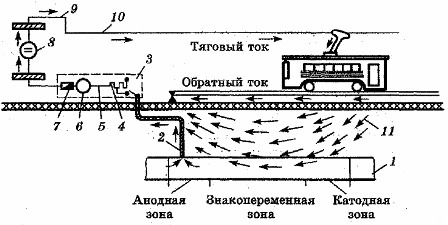
Schematic of installation of polarized drain: 1 — protective gas pipeline, 2 — drain cable, 3 — drain installation (valve type), 4 — rheostat, 5 — valve (rectifier) element, 6 — ammeter, 7 — fuse, 8 — generator of traction substation, 9 — power supply unit, 10 — contact trolley, 11 — paths of movement of stray currents
In the simplest case, the protective measures are the following.To prevent currents from potentially dangerous installations from flowing into the surrounding soil, a cable connection is made between the protected structure and each point of the installation — a source of stray currents that has a sufficiently negative potential. The current that previously flowed through the ground now returns to its source through the cable connection without causing any risk of corrosion.
To protect steel pipelines from the effects of stray currents, use cathodic protection... It is carried out using a direct electric current from an external source. The negative pole of the current source is connected to the protected pipeline, and the positive pole to a special ground - the anode. Cathodic protection circuit — How to protect the metal sheaths of cables from corrosion
To reduce stray currents associated with the rails, the conductivity of the track is increased and the junction resistance between the rails and ground is increased. For this, heavy-type rails are laid on the main tracks, a transition to a continuously welded track is made, and rail joints are shunted with copper bridges of increased cross-section, multi-rail sections are connected in parallel.
The rails are laid on crushed stone or gravel ballast, insulated parts are installed between the rails and the reinforcement of reinforced concrete sleepers, and the wooden sleepers are impregnated with oil antiseptics, etc.
